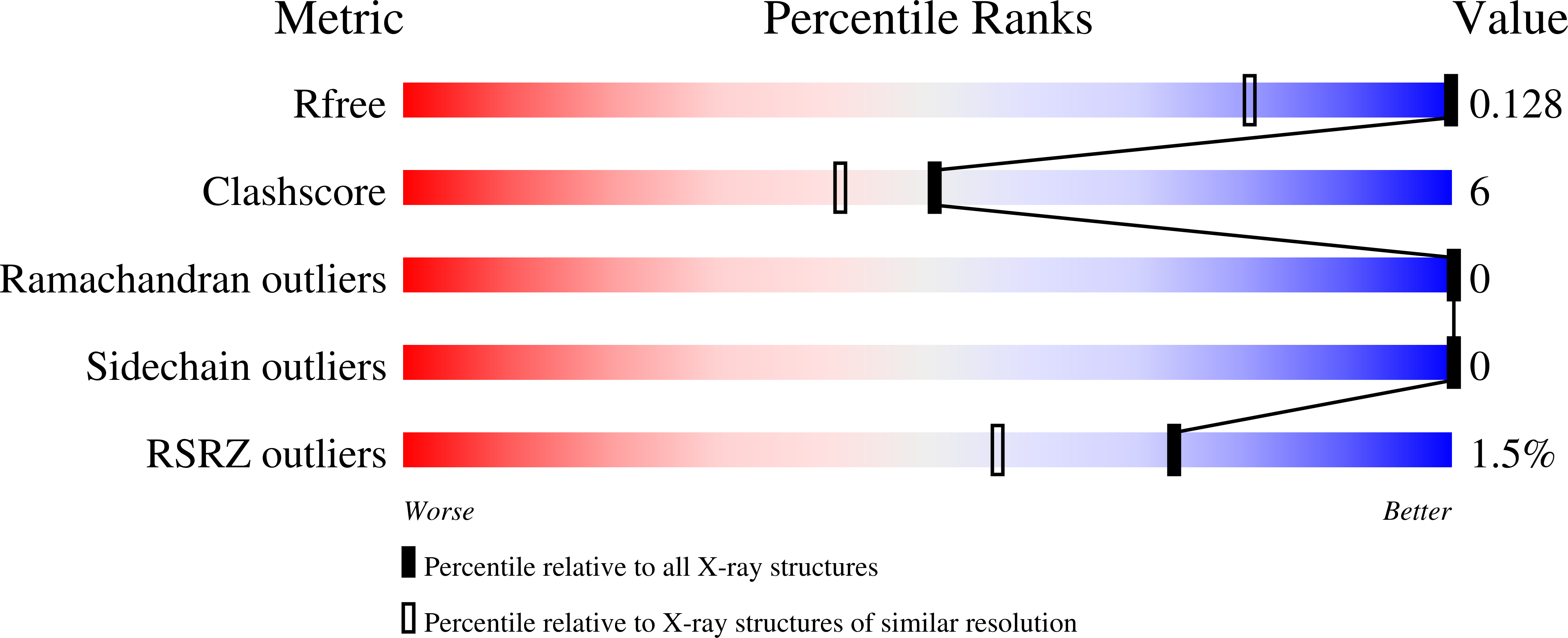
Deposition Date
2021-09-24
Release Date
2022-01-12
Last Version Date
2024-01-31
Entry Detail
PDB ID:
7PSY
Keywords:
Title:
X-ray crystal structure of perdeuterated LecB lectin in complex with perdeuterated fucose
Biological Source:
Source Organism:
Pseudomonas aeruginosa (Taxon ID: 287)
Host Organism:
Method Details:
Experimental Method:
Resolution:
0.90 Å
R-Value Free:
0.13
R-Value Work:
0.11
R-Value Observed:
0.11
Space Group:
P 1 21 1


